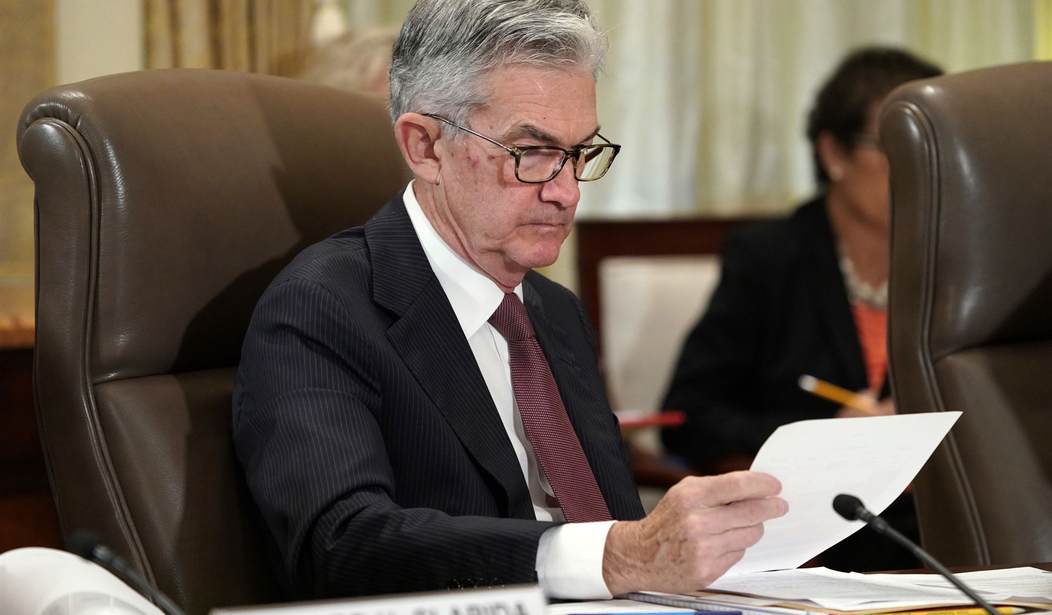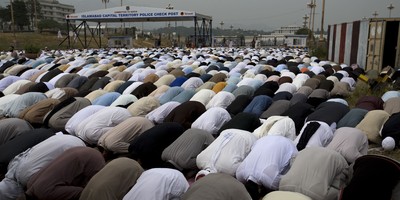As Federal Reserve Chairman Jerome Powell explained in surprisingly brief remarks to central bankers in August about lowering inflation, "Restoring price stability will take some time and requires using our tools forcefully to bring demand and supply into better balance," actions that will "bring some pain to households and businesses."
Those remarks came after the Fed announced historic back-to-back interest rate hikes of 75 basis points at its previous meetings, but before inflation reports showed continued price increases spreading through the U.S. economy, proving inflation was not being tamed by previous rate hikes aimed at slowing the economy.
On Wednesday at the Fed's first meeting since Powell's remarks in Jackson hole, another 75 basis point increase was announced — less than many were expecting given the failure of similar increases to start easing inflation into a downward trend — the fifth increase in 2022.
FED RAISES KEY OVERNIGHT INTEREST RATE BY 75 BASIS POINTS TO 3.00%-3.25% RANGE, ANTICIPATES ONGOING INCREASES WILL BE APPROPRIATE -
— Susan Li (@SusanLiTV) September 21, 2022
FED SAYS IT IS HIGHLY ATTENTIVE TO INFLATION RISKS, STRONGLY COMMITTED TO RETURNING INFLATION TO 2%
That means the Fed's key rate is now targeted from 3% to 3.25%, the highest that rate has been early 2008. And the Fed suggested it's not done hiking interest rates as it battles inflation that's soared under President Biden and his party's control of Congress.
By year's end, the Fed expects to have its key rate around 4.4 percent, significantly higher than they'd predicted at their June meeting, with plans to have rates go as high as 4.6 percent in early 2023 — a level not seen since 2007.
Despite the Fed's previous interest rate increases, inflation is still running above 8 percent year-over-year and around 40-year highs, much higher than Powell's stated goal to have the Fed bring inflation down to just two percent.
Recommended
In response to the Fed's decision to increase interest rates again, Job Creators Network President and CEO Alfredo Ortiz noted that the rate hike "will make it more difficult and costly for small businesses to access the credit they need to expand and grow; it will push the dreams of budding entrepreneurs and future homeowners further out of reach than before," but added that "the Fed has no choice" because "the Biden administration's inability to stop the continuing rise of inflation that their federal spending has egged on has forced the Fed to raise rates in an attempt to slow the economy."
The U.S. has already entered a recession as defined by two consecutive quarters of negative GDP growth, and more interest rate hikes mean even more economic contraction and pain for Americans while lessening the chances that a "soft landing" from current inflation is possible.

























Join the conversation as a VIP Member